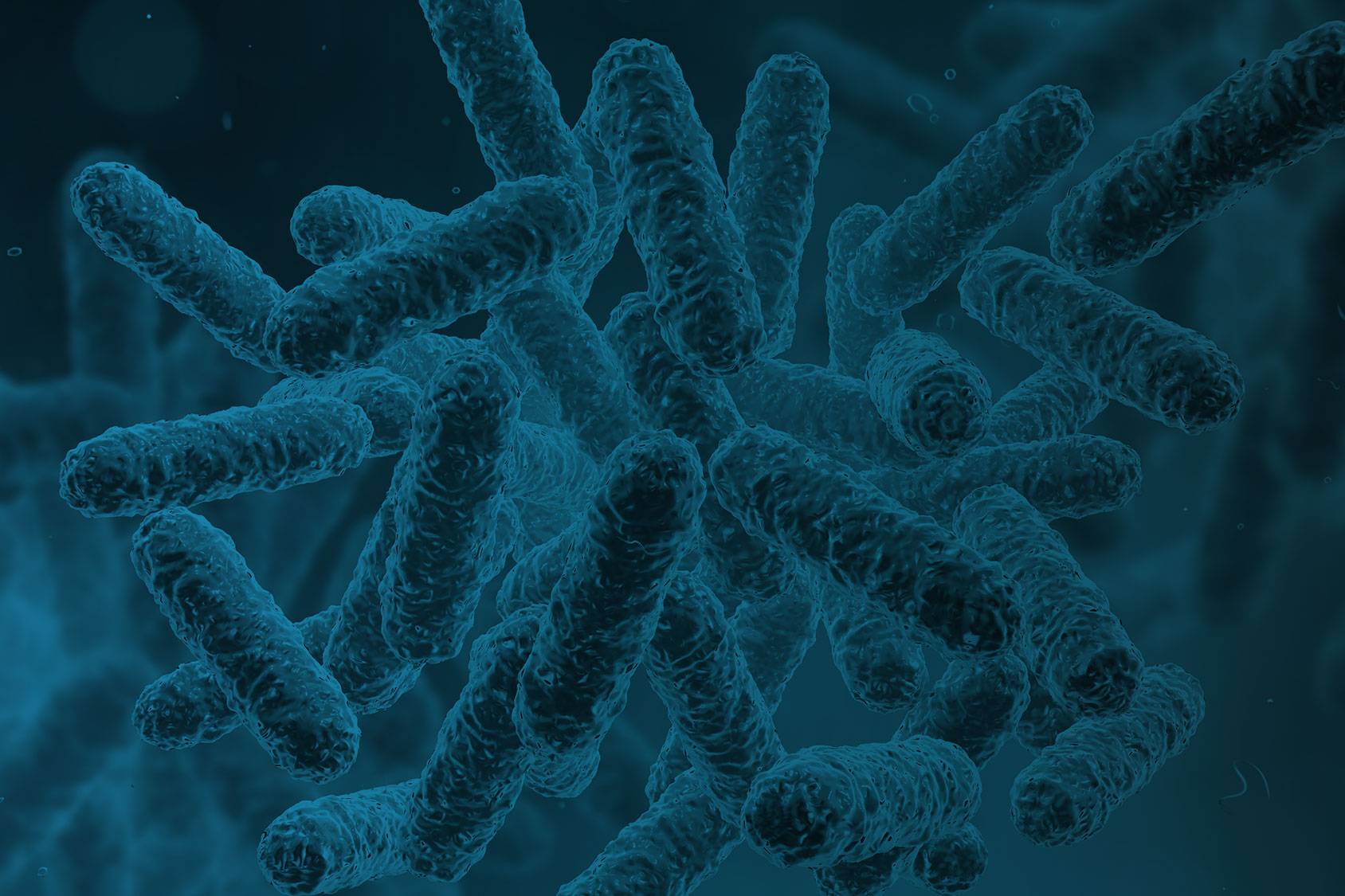Research and Innovation
HairScience The role of polyamines in hair growth
Hairscience Projects / The role of polyamines in hair growth
The role of polyamines in hair growth
Since the late 1990s, Giuliani research has systematically analysed polyamines, in particular spermidine, and their role in the physiology of human hair.
These substances are ubiquitous in our body (they are synthesised by intestinal bacteria and ingested along with our food) and are essential for cell survival and for many other biological processes, including cell proliferation.
Our research project initially highlighted the presence of ornithine decarboxylase (ODC), a key enzyme in the synthesis of polyamines, in the hair follicles. It was, in fact possible to demonstrate how:
- the activity of ODC changed according to the life cycle of the hair follicle
- inhibition of ODC prevents hair growth.
Consequently, we investigated the effects of spermidine on human hair growth in more depth. Through culture experiments on the human scalp follicle, we were able to illustrate the specific role and mechanism of action through which spermidine is able to stimulate hair growth, i.e. by prolonging the anagen phase and stimulating hair follicle stem cells.
Starting from these promising results obtained in preclinical trials a few years ago, from a list of possible candidates we selected a metabolically stable derivative of spermidine, N1-methylspermidine, specific for topical applications. N1-methylspermidine has the same biological activity as spermidine, but with greater beneficial properties (for example an antioxidant and anti-inflammatory effect), which make it an attractive molecule for treating scalp inflammation and alopecia.




